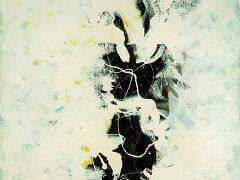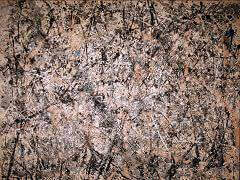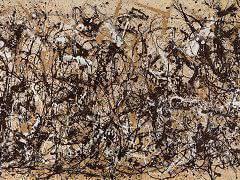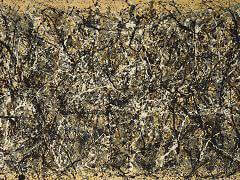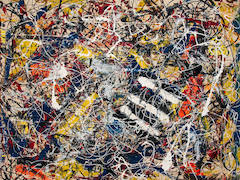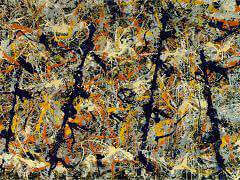Shimmering Substance, 1945 by Jackson Pollock
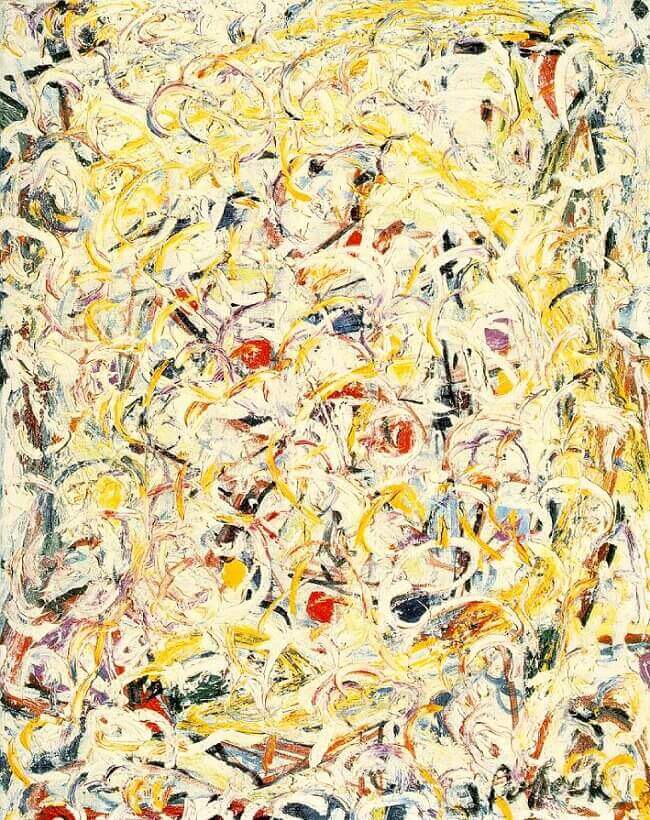
In the late 1940s Pollock was among a group of young, mostly New York painters who became known as abstract expressionists. They worked in a variety of styles, but generally shared a commitment to creating large-scale, abstract works, an interest in Jungian psychological theories of the collective unconscious and primitive mythology, and a belief that expressiveness was achieved, in part, through the physical process of painting. Projecting the imprint of philosophy, art history, and the human experience into visual form, these artists incorporated both chance and control while painting with a physical immediacy and gesture. During the early 1950s two somewhat divergent stylistic tendencies emerged within this movement: chromatic abstraction, as seen in the coloristic paintings of Mark Rothko and Barnett Newman, and gestural abstraction or action painting, as exemplified by the energetically brushed works of Willem de Kooning and Franz Kline, and the poured paintings of Jackson Pollock.
Shimmering Substance glows with the brilliant light of midday sun on a thick meadow. Alive with arcs and orbs of heat-saturated colors, the painting channeled primal forces into radically new
artistic expression and was Pollock's next step in coming to terms with the inner turmoil that compelled him to paint.
In 1945 Pollock and Lee Krasner moved to a farmhouse of Long Island where Pollock found a kinship with nature that defines his great, classic work. Today, one has only to step into the meadow behind
Pollock's house to understand the overwhelming presence of nature in the dense, interwoven surfaces of his work. Pollock once defended the source of his imagery saying, "I am nature."



